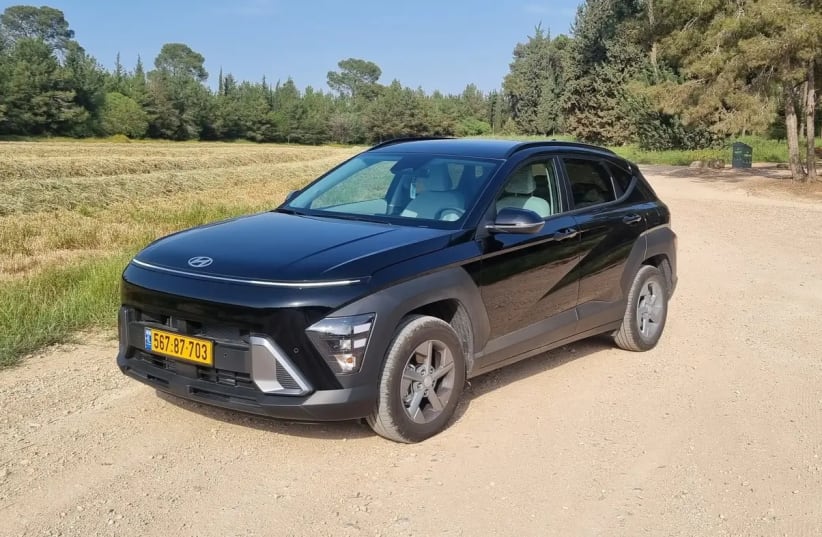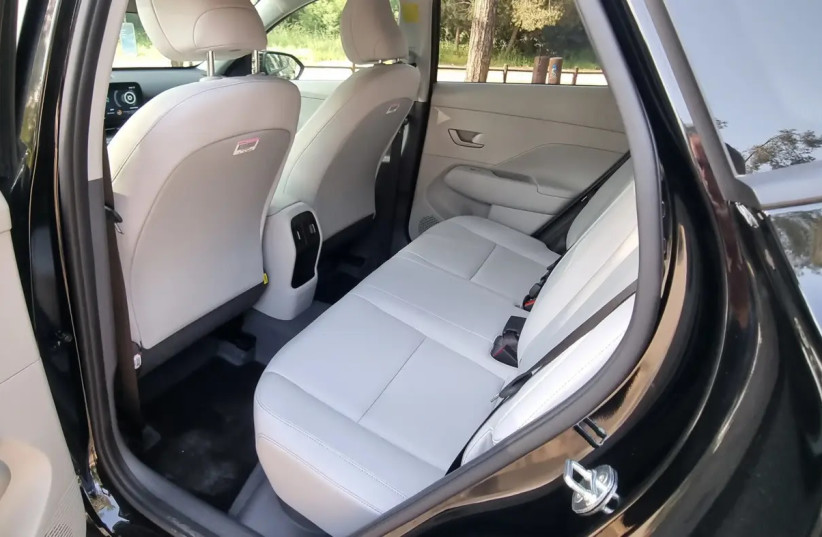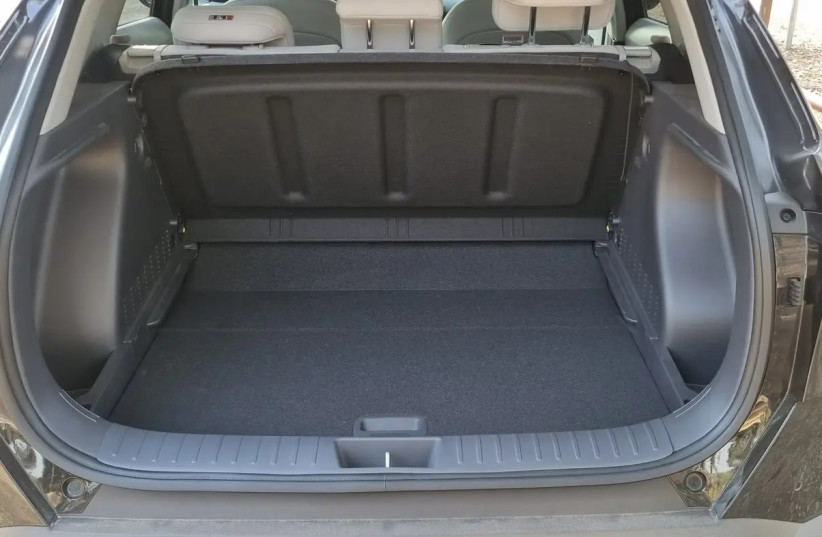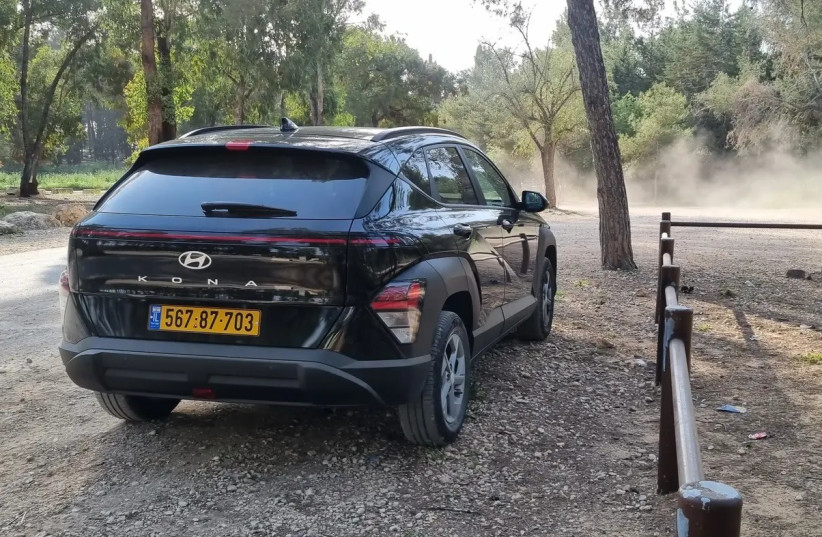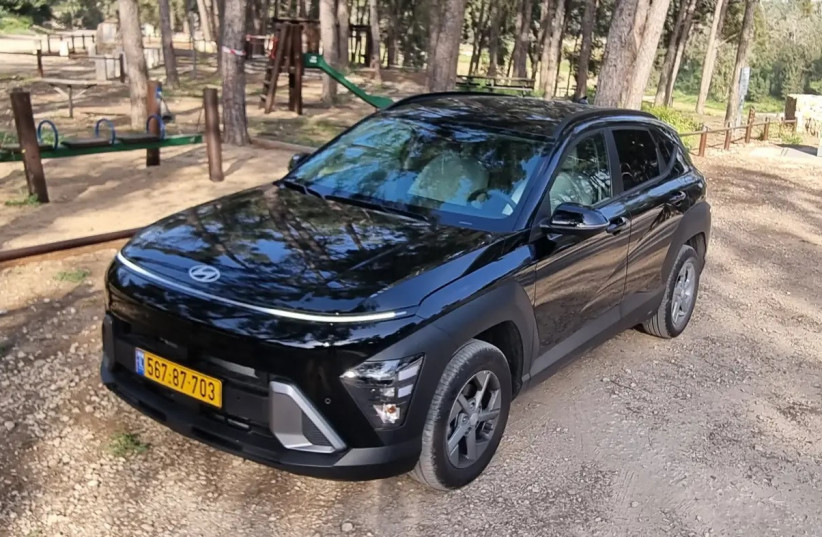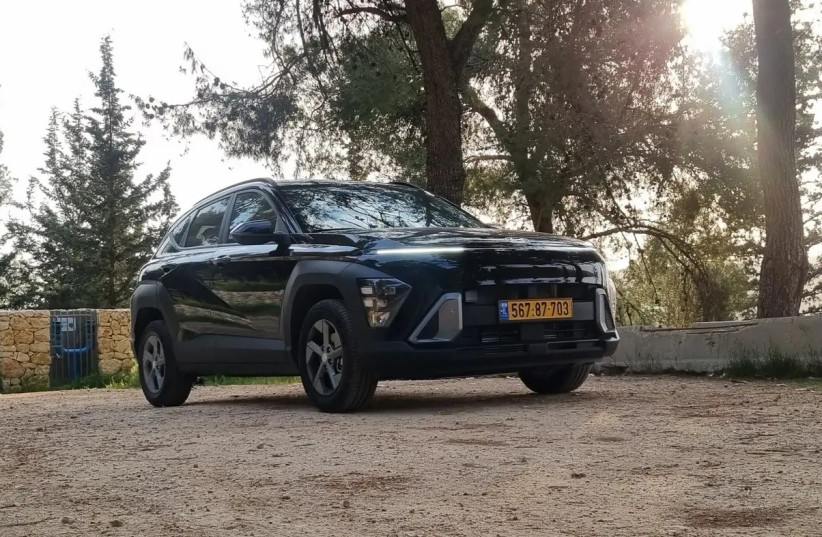Half a year after reporting one of the most interesting new cars coming to Israel this year, Citroen reveals official details about the new C3 Aircross.
The Aircross is an elongated version of the new C3, stretching to a length of 4.39 meters. Citroen does not reveal further details, but it seems that as part of the use of the same platform, the 7-seater version will also receive the 1,200 hp turbo petrol hybrid engine, 136 hp, with a 6-speed dual-clutch automatic transmission.
Price: NIS 155,000Competitors: Skoda Kamiq, Peugeot 2008, Chevrolet Trax, Suzuki S-CrossLiked: Price, spaciousness, comfort equipment, fuel efficiencyDisliked: Comfort in the city, safety equipment that has been reduced in the base versionRating: 9/10
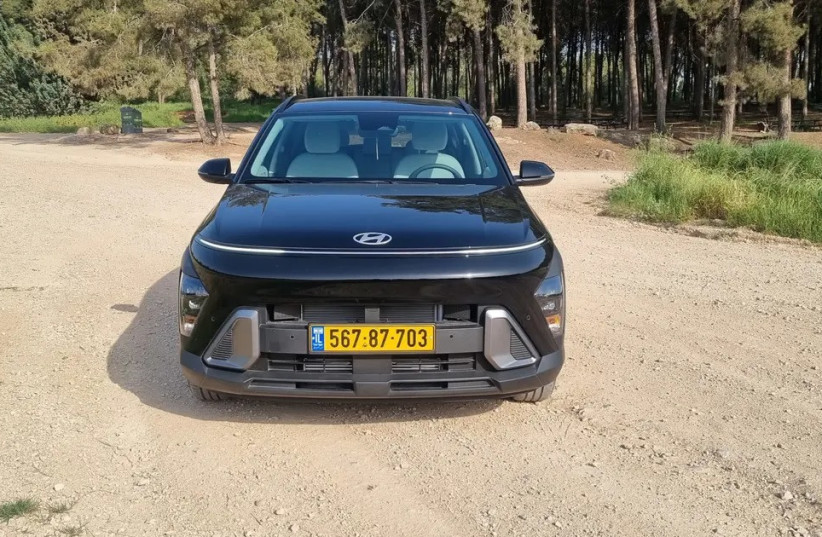
The buzzword in the 2024 car market is hybrid. Electric car prices have soared, not everyone has the option to charge at home or work, and range anxiety was here even before the fear of an Iranian attack. When fuel prices jump within a few months to almost a shekel per liter, private buyers and leasing companies are heading towards the safe alternative: a bit electric, significantly more economical than gasoline models.
One can see this well in the new Hyundai Kona, which arrived in Israel at the end of last summer, and this year it is already the best-selling crossover in its price range. Most of the sales are of the hybrid versions, with a minority being the 1,600 cc turbo gasoline version which is truly powerful (198 hp). Even the remaining electric Kona from the previous generation outsold the base version of the new generation, the 1,000 cc turbo (120 hp).
And at least on paper, this is an interesting deal: the base version now costs NIS 155,000 after a NIS 10,000 increase since its arrival, while the hybrid starts at NIS 173,000 (11,000+). When the equipment of the gasoline small-volume and the basic hybrid are the same, is the green power unit worth an additional NIS 18,000? Worth checking.
Design: The new Kona has grown significantly: with a length of 4.35 meters (an increase of 15 cm), a width of 1.82 meters (2.5+), a height of 1.57 meters (1+), and a wheelbase of 2.66 meters (6+), it is almost the size of the Kia Niro and the Hyundai Tucson. Blackened wheel arches that are hard to identify in the black test vehicle itself are meant to strengthen the Jeep-like image, while the base version loses a rear nickel strip found in the more equipped models. Overall, a stylish and striking crossover.
Passenger compartment: Plenty of gray plastic surfaces, even around the multimedia screen of the previous generation, have been replaced with a high-tech design inspired by the Kia EV6 electric and the Hyundai Ioniq 5 twins, each with a pair of 12.3-inch screens, one as a multimedia display and the other as an instrument cluster, both with displays in Hebrew. On the other hand, physical buttons have been retained for easy and accessible operation of climate control and other important functions, without diverting the driver's eyes from the road to navigate between screens.
The base version maintains the spaciousness, high driving position, and usability of the equipped versions. Behind, the air conditioning outlet has been left for the rear bench and also the USB charging ports, with an almost flat floor that can better accommodate 3 passengers, although it is not the car for three adults. The test vehicle came in bright interior colors that give an airy feeling, but a constant effort will be required not to dim during family car use. Pay attention.
The loading compartment is slightly less spacious than the hybrid models: a still family volume of 406 liters instead of 466. But in return, you also get a spare tire under the floor, an addition that is still important in our opinion, and car manufacturers avoid installing it in most hybrids and electric vehicles. The charging port is large and there are anchoring rings for the cargo, and compartments on the side. There is also a dedicated storage space above the cargo compartment for a shelf, sometimes you will want to fill it almost to the end. Smart.
Equipment: Despite being a base version, it is not a stripped-down one. There is no wireless charging for mobile devices, electric front seats, a sunroof, or an electric cargo compartment opening that some of the hybrid versions already cost over NIS 180,000. But there are lightweight 17-inch rims, climate control, a smart key, wireless pairing for Android and iPhone for multimedia and gear control from the steering wheel.
Safety: There is autonomous emergency braking when driving forward, adaptive cruise control, lane keeping assist, automatic high beams, and a child reminder alert. Despite being high level, it's a shame that some emergency features are missing in reverse driving in the less expensive versions. These include emergency braking also when driving backward, a warning for a dead vehicle with steering correction, a warning for a vehicle approaching before opening the door, and prevention of door opening.
Performance: The base version comes with a 1,000 cc turbo gasoline engine with an output of 120 horsepower, and a dual-clutch automatic transmission with 7 gears. It has lower power output compared to the hybrid version (139 horsepower), but due to the basic gasoline engine, the weight is low at around 100 kg. The acceleration is decent, and you won't have trouble overtaking, especially in Sport mode activated by a slightly more modest power unit. Using the paddle shifters behind the steering wheel to shift gears up and down will help when overtaking in the right gear.
Fuel consumption during testing days stood at 13.5 km per liter. This figure does not match the manufacturer's data, but it's not bad for a family crossover. Those with a Tucson or a Kia Sportage 2.0 liter engine can dream of such numbers, although their cars are not much faster than the 1,000 cc model. It's true that a hybrid buyer will get closer to 20 km per liter, but even someone driving 20,000 km per year, which is above average, will save about NIS 3,500 per year with the current fuel prices, thanks to it. Even when considering the lower brake disc wear of a hybrid, three years of maintenance will save you only half of the price difference.
Comfort and behavior: The buyer of the base gasoline model is equipped with only 16-inch rims compared to 18-inch in the hybrid. This contributes to driving comfort, but it is still not at its best on rough city roads, and the suspension action is also not very quiet. But overall, the comfort is okay - like behavior. The grip is high, body lean in corners is minimal, steering is light and precise. It doesn't really make you eager for challenging driving, but also doesn't cause embarrassment.
Bottom line: If the hybrid model is a good deal, the base version is the real find. In a period of struggling with the high cost of living, it offers the same dimensions, almost the same equipment, decent performance, and reasonable fuel consumption at a price of almost NIS 20,000 cheaper. It doesn't feel like a leasing model like other base models, maybe because leasing companies themselves are focusing on hybrids. But considering the price difference between them, if you don't drive more than 15-20 thousand kilometers, this is one of the recommended vehicles on the market for families.
Hyundai Kona 1,000 SMQ Premium | Technical Details
Engine: Turbo-petrol 998 SMQ, 120 hp, 20.4 kgmTransmission: Dual-clutch automatic, 7 gears. Front-wheel drive
Performance (manufacturer):0-100 km/h (seconds): 11.7Maximum speed (km/h): 180Combined fuel consumption (km/l): 16.9Fuel consumption test (urban): 13.5
Dimensions:Length (m): 4.35Width (m): 1.825Height (m): 1.57Wheelbase (m): 2.66Turning radius (cm): 16Cargo capacity (liters): 406Weight (kg): 1,320Tires: 205/65R16
Safety:European crash test rating: 4 out of 5 starsActive safety features: Autonomous emergency braking, adaptive cruise control, lane departure warning, fatigue alert, automatic high beams, intersection movement detection
Warranty:3 years or 100,000 km
